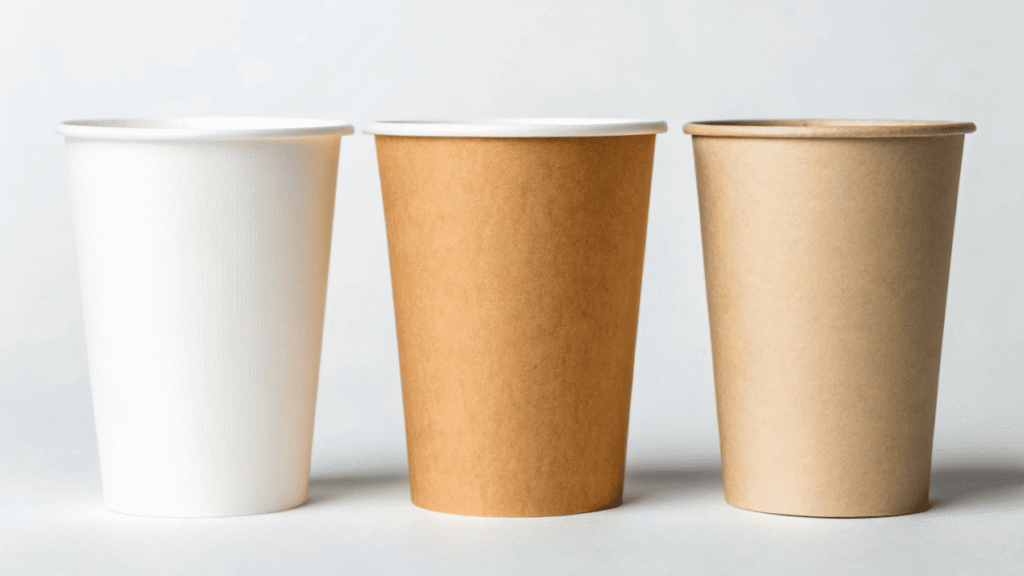Choosing a paper cup coating is confusing. Pick the wrong one, and your brand's eco-friendly promise could be misleading, damaging customer trust and creating a product that just ends up in a landfill.
The best coating depends entirely on your brand's sustainability goal. Polyethylene (PE) is the cheapest but worst for the planet. Polylactic Acid (PLA) is the champion for commercial compostability. An innovative water-based coating is the best choice for easy paper recycling.
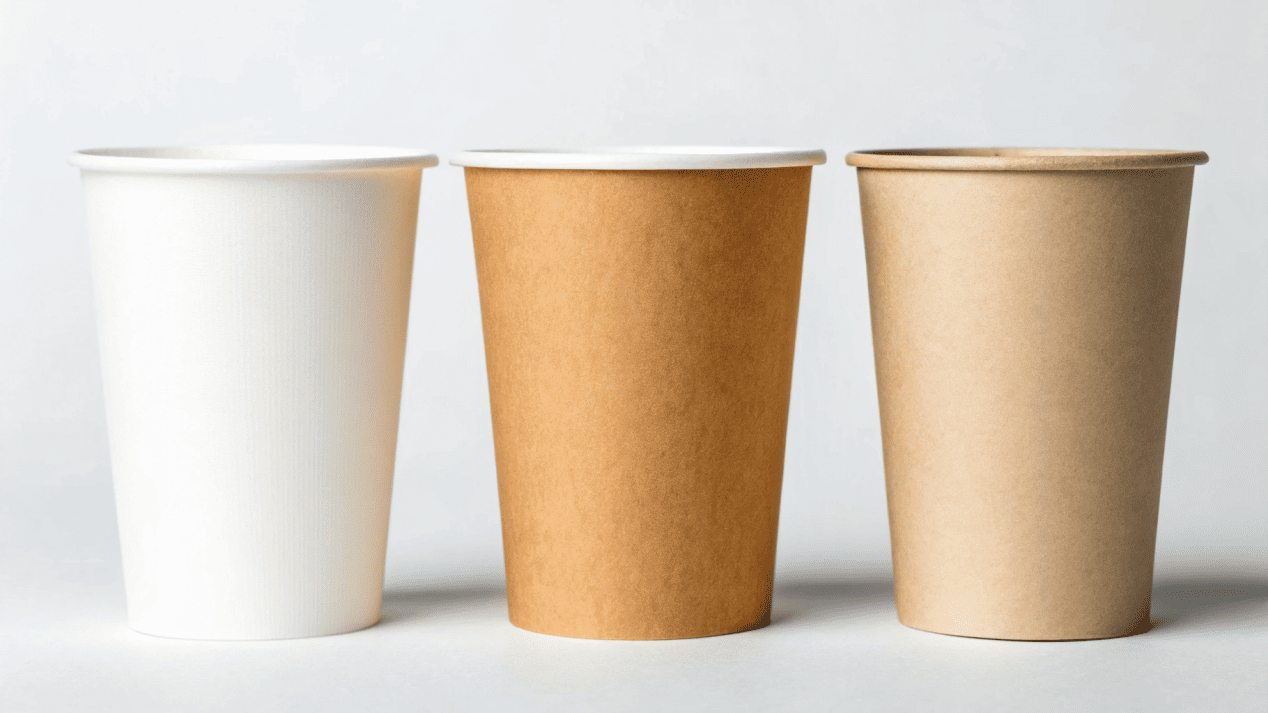
I remember explaining this to a new client who ran a coffee shop chain. He said, "Jonh, a cup is a cup. As long as it doesn't leak, who cares?" I took three cups and put them on the table. One with a PE coating, one with PLA, and one with our new water-based coating. I told him, "This first cup will probably exist longer than your grandchildren. The second one can become soil. The third one can become a new cardboard box." His eyes widened. He suddenly understood that a simple paper cup isn't just a container; it's a statement about the future you want to build.
What Are These Coatings Actually Made Of?
You see words like PLA, PE, and dispersion, but it's just technical jargon. This makes it hard to understand what you're buying or how to explain your sustainable choice to your customers.
PE is a traditional plastic made from oil. PLA is a bioplastic made from plants like corn and is designed to be compostable. A water-based coating is a special liquid layer that lets the cup be recycled with other paper products.
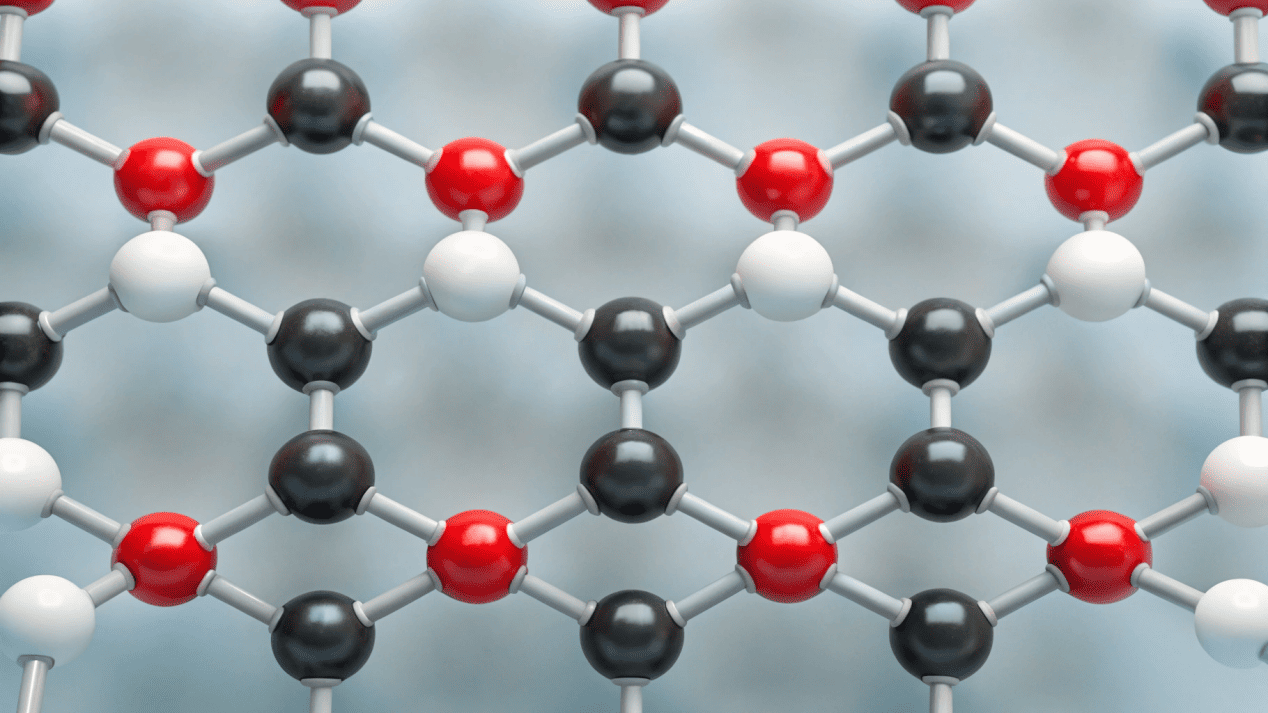
Each coating has its own unique story, from its origin to its performance. Understanding this story is the first step to making the right choice. Let me break it down in the simplest way I can.
The Three Coating Personalities
- PE (Polyethylene): Think of this as the old classic. It's a plastic that comes from fossil fuels, and it has been the industry standard for decades. It's like a very thin plastic liner fused to the paper. It is extremely effective at stopping leaks and is very durable. Its biggest problem is its origin and the fact that it doesn't break down easily.
- PLA (Polylactic Acid): This is the modern, eco-conscious champion. It is a bioplastic, which means it is made from renewable plant starches, like corn. It performs just as well as PE, but it has a key difference: it is designed to be commercially compostable. In a special industrial facility, it will break down into organic matter. This is the coating we use for all of our certified compostable products.
- Water-Based Coatings: This is the newest and most disruptive technology. It is not a plastic film at all. Instead, it is a special liquid that is painted onto the paper. Its main design advantage is that it breaks down very easily when the cup is recycled with other paper, allowing the valuable paper fibers to be used again.
Which Coating Is the Most Affordable to Produce?
You want to make a sustainable choice, but your budget is a major concern. The price differences between coatings can seem large, making you hesitant to switch away from the cheapest option.
PE is the cheapest option right now because the technology is old and widespread. PLA costs a little more, but the price gap is getting smaller every year. Water-based coatings are currently the most expensive, but this is expected to change.
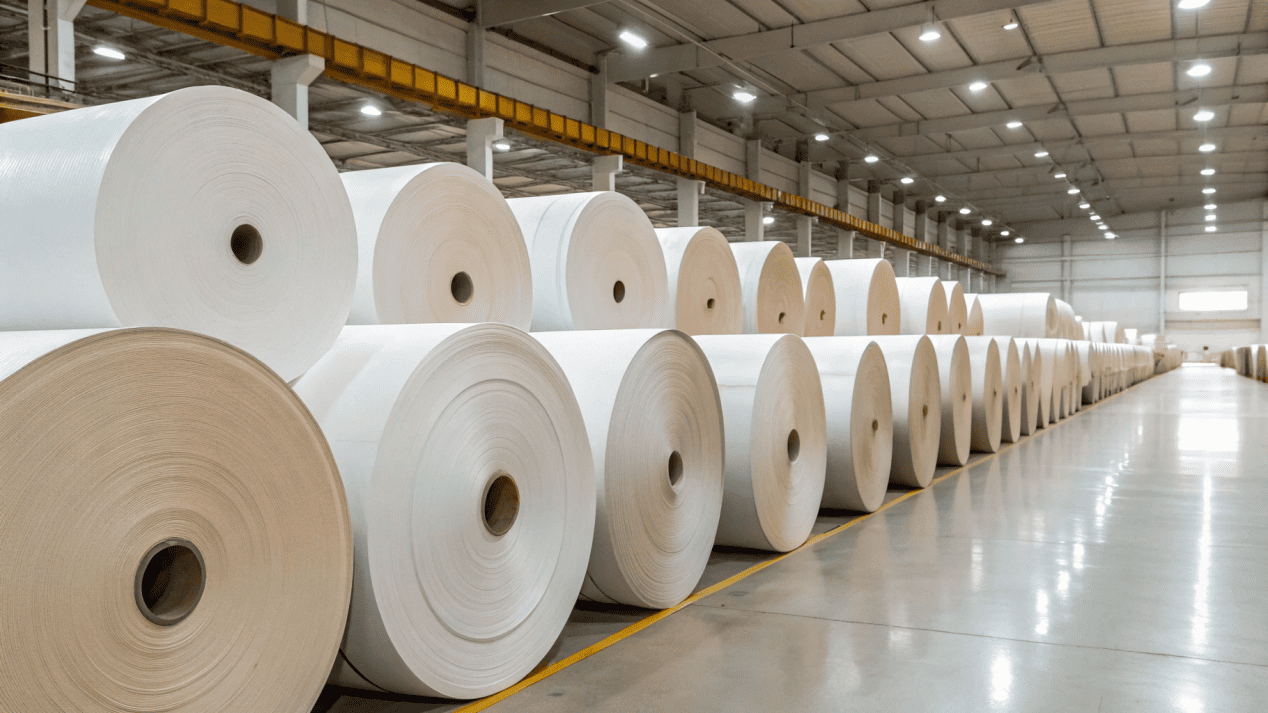
The choice of coating has a direct impact on your final price per cup. This is a very practical concern, and as a manufacturer, I deal with these cost calculations every single day for my clients. Here is the honest reality of the costs. PE coating has been around for over 50 years. The supply chain is huge, and the machines are everywhere. This makes it the most cost-effective option, especially for massive orders. PLA is a newer material. The raw material has become much more affordable as its popularity has grown. It requires specialized machinery to apply it correctly because the temperature control has to be perfect. At my company, we have invested heavily in this technology, which allows us to produce PLA-coated products very efficiently. Water-based coatings are the new kid on the block. Because the technology is so new and still being scaled up, the initial cost can be higher than both PE and PLA. However, as more companies adopt it, I am confident that these costs will come down significantly over the next few years, just like they did for PLA.
What Happens to the Cup After It Is Used?
You've chosen a cup, but you don't know its final destination. This uncertainty could mean your well-intentioned choice actually creates more waste, harming both the planet and your brand's credibility.
A PE-coated cup goes to a landfill. A PLA-coated cup can be turned into compost at an industrial facility. A water-based coated cup can be recycled with paper and cardboard to make new products.
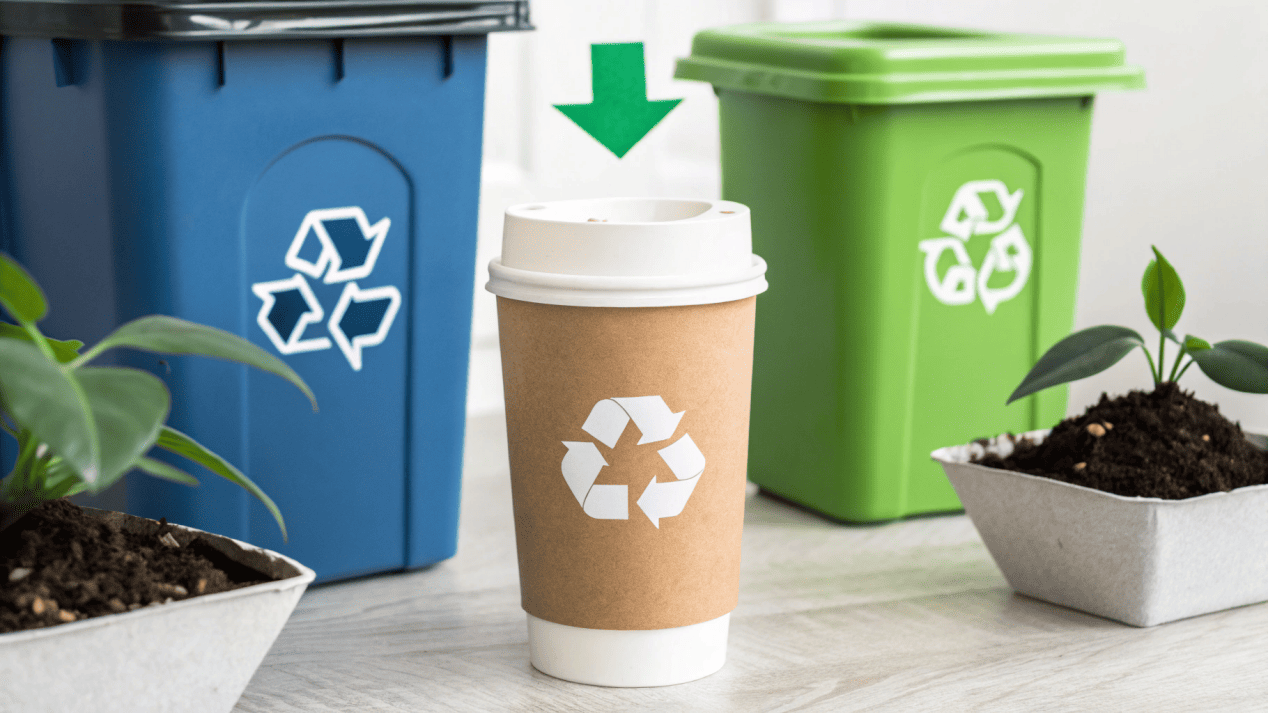
This is the most important question. The "end-of-life" story for your cup is the core of your environmental message. Each coating is designed for a completely different waste stream.
| Coating Type | How It's Disposed Of | Final Destination |
|---|---|---|
| PE-Coated | General Trash | Landfill |
| PLA-Coated | Organics / Compost Bin | Becomes Soil |
| Water-Based | Paper / Recycling Bin | Becomes New Paper Products |
A PE-coated cup is a hybrid material—plastic fused to paper. These two materials are very difficult to separate. Because there are very few special facilities that can do this, the vast majority of these cups end up in a landfill, where they will sit for hundreds of years. A PLA-coated cup is designed for the organic waste stream. The entire cup, including the lid if it's also compostable, can be sent to an industrial composting facility. There, microorganisms will break it all down into soil. This is a true circular solution. A water-based coated cup is designed for the paper recycling stream. It can be thrown in with your cardboard boxes and other paper waste. During the recycling process, the coating breaks away from the paper fibers easily. This allows that high-quality paper to be recovered and used to make new products.
Which Coating Is the Future of Paper Cups?
You want to make a future-proof investment, but market trends are shifting fast. You are worried that the coating you choose today could be outdated or even banned by regulations tomorrow.
The future is moving away from PE due to plastic regulations. PLA is the current leader for food service brands with a compostable message. Water-based coatings are rising fast in markets with strong paper recycling systems.
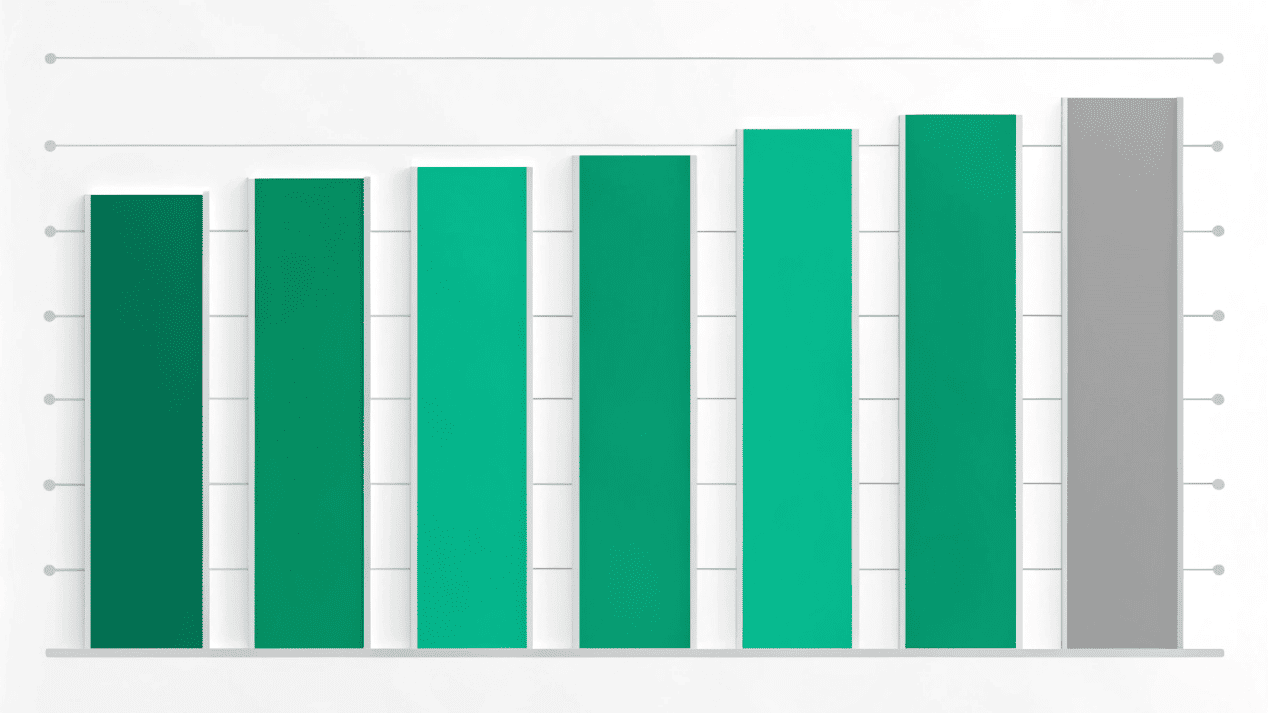
The world of packaging is changing faster than ever before. As a manufacturer who serves over 80 countries, I see these global shifts firsthand. The biggest trend is the move away from traditional plastics. Governments all over the world are creating new rules and taxes to reduce single-use plastic waste. This is putting huge pressure on PE-coated products, forcing brands to look for better alternatives. In response, PLA has become the number one choice for eco-conscious cafes, restaurants, and food brands. The message of "compostable" is simple and powerful, and customers understand it. This has been the biggest growth area for my business in the last ten years. More recently, we've seen a new wave of interest in the "recyclable" message that comes with water-based coatings. In places with very good paper and cardboard recycling programs, like parts of Europe, this option is becoming extremely popular. It fits perfectly into the recycling habits people already have. I believe the future will have both PLA and water-based coatings coexisting, with the choice depending on the local waste infrastructure.
Conclusion
There is no single best solution. The right choice is a strategy. Choose PLA for compostability, water-based for recyclability, but start moving away from PE to lead your brand into the future.
